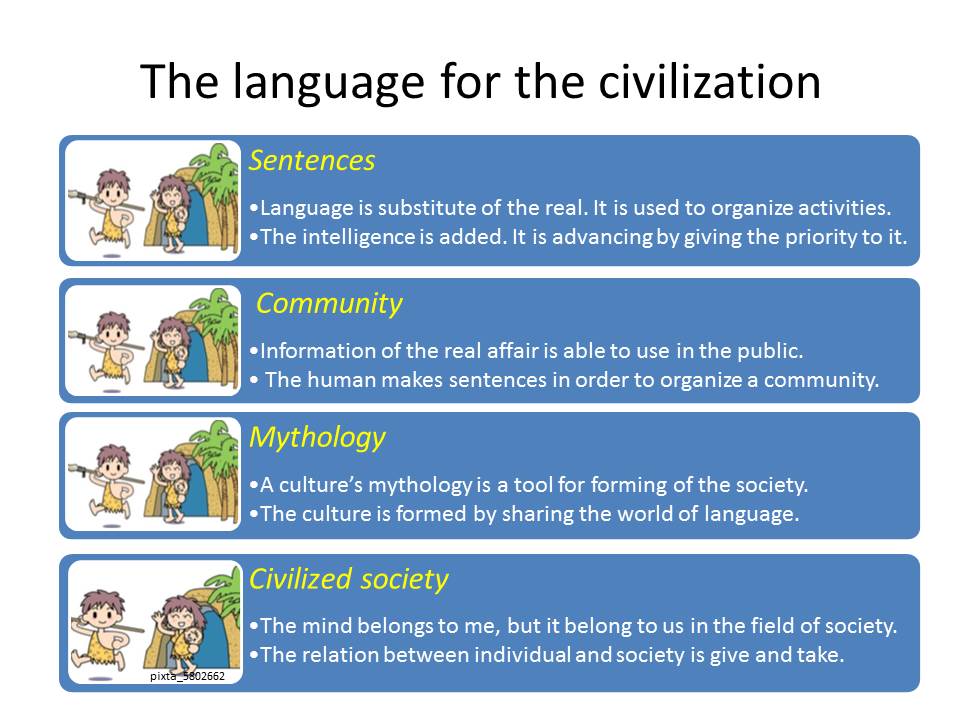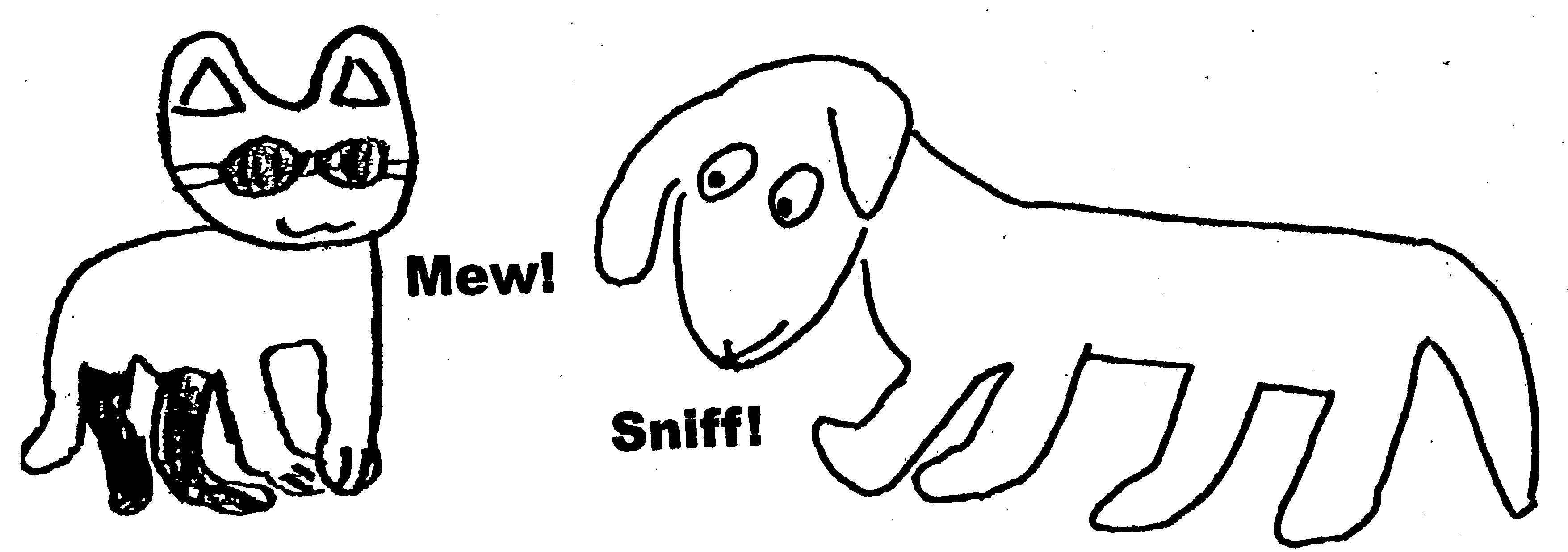The linguistic intelligence

You are a part for me. You are a part for me.

The linguistic intelligence

You are a part for me. You are a part for me.

| A speech is understood by the hierarchical structure of the overlapping neural networks. There is a gap between sentence breaks. A sentence has some elements of word, and the word is identified by a phoneme sequence. The sequence of phonemes of a word is compared with memorized data to identify, and the meaning is recognized by the combination. At that time, nerve cells continue to be activated by stimulation of the impulse group extracted from the speech. The activity will disappear if the stimulation is eliminated. Neurons in the upper hierarchy maintain activation by stimulation from multiple lower neurons. (Up date Match 3, 2020) |
[List of PDF files on the linguistic intelligence]
| [EL1] Shinji Karasawa, "Biological Study of Ethics for the Human who lives in the Information Society ",
(This article is English translation IEICE Technical Report SITE2009-71, pp.289-294, ( March.2, Sakunami, Miyagi, 2010. [EL2] Shinji Karasawa, "The system of nerve cells that forms concept of language expression - Layered overlapped impulsive activities of cells for intelligent activities-", (This article is English version) IEICE Technical Report SP2009, [joint auspies] (upload June 10), July.17, Fukushima, 2009. [L3] S. Karasawa, M. Iwamoto, "The Signal Processing in a Brain and a Programmable Voice Recognition system", Mental Architecture for Processing and Learning of Language 2008(MAPLL2008) and IEICE Technical Report TL2008-24 pp.67-72, Aug.8,2008. [L4] S. Karasawa, H. Sakuraba, "Use of Haar Wavelet Transform Based Multiple Template Matching for Analyses of Speech", Euro American Conf on Telematics and Information Systems (EATIS0'7), Faro Portugal, No.78, May.15, 2007. [L5] S. Karasawa, H. Sakuraba, "Making Use of Wavelet Transform in Template Matching for Phoneme Analyses of Japanese Voice",[written in Japanese], 8th Spoken Language Symposium, Nagoya Univ. IEICE Tecnical Report, SP2006-98, pp77-82. Dec.21, 2006. [L6] S. Karasawa, H. Sakuraba, "Architecture of the Speech Recognition System that Consists of Overlapping of Impulse Driven Look-up Table",[written in Japanese], Technical Report of IECE, TL2006-10, pp19-24, July., 2006. [L7] S. Karasawa, "Prosedure of Recognition on the Natural Language Based on the Language Activity that Organizes Activity Unit,", [written in Japanese], Workshop on Acoustic Engineering, Research Institute of Electrical Communications, Tohoku University, No.343-2, Feb.17, 2006. [L8] S. Karasawa, H. Sakuraba, "The Speech Recognition System that Decodes Category of Spectrogram", [written in Japanese], Technical Report of IECE, HIP2005-95, pp85-90, Dec.16, 2005. [L9] S. Karasawa, "The tree structure of linguistic expression caused by a nerve system and the universal grammer based on attributes of real world", [written in Japanese], Technical Report of IECE, TL2004-20, pp.5-10, Dec., 2004. [L10] S. Karasawa, "Activity transfer models for associative activities in a brain ", Proceedings of the language sense on computer, part of the 8th Pacific Rim International Conference on artificial intelligen, Auckland, New Zealand, Aug 9-13, 2004. [L11] S. Karasawa, "Model of Linguistic Activities as Ad hoc Interactive Activities in an Impulse Driven Multi-agent System", The 7th World Multi-conference on Systemics, Cybernetics and Informatics, August, Florida, Vol.14, Computer Science, Engineering Applications, pp.365-370, 2003. |